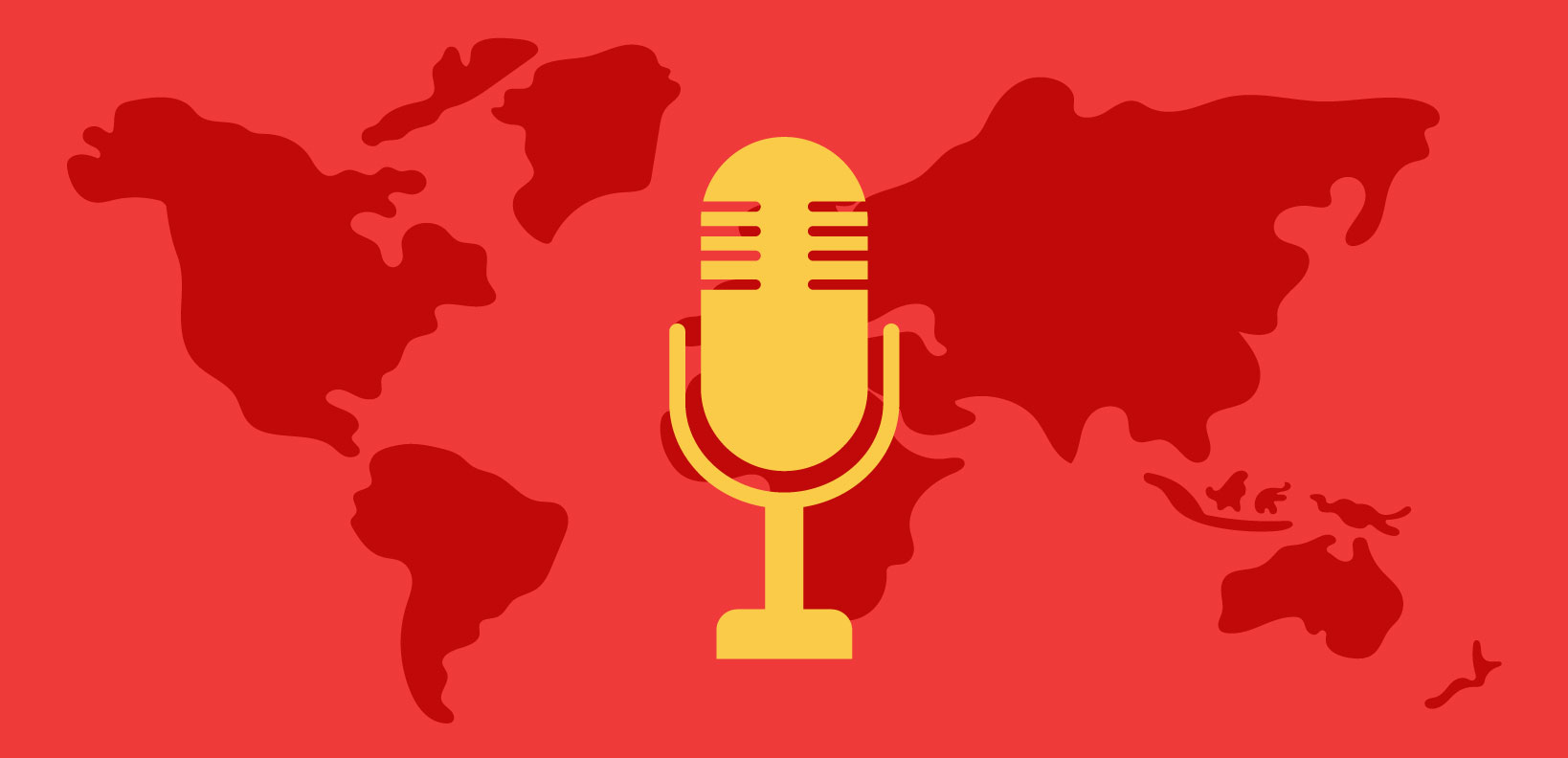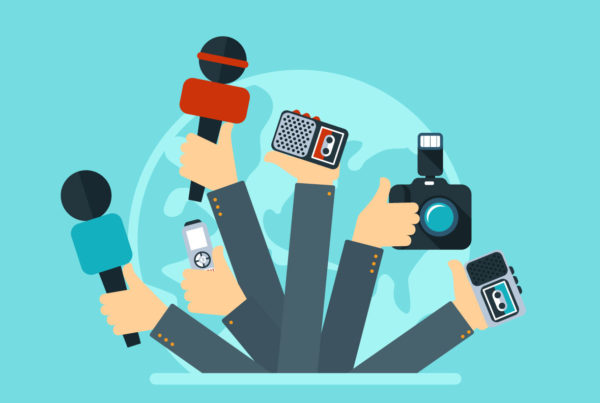No More IP Address From iOS 14.6
As a further step from the iOS 14.5 stance, Apple now requires SKAdNetwork postbacks to be sent from users’ devices to its servers rather than directly to each ad network. By doing so, Apple reserves itself a strategic spot by the data source, from where it may easily control and obfuscate the information that is passed along to ad networks. A first important example is the obfuscation of the device’s geolocation (IP address), which had originally been used to attribute users to a certain geography within a multi-geo campaign. This ability now goes away, requiring advertisers to consume one of the given 100 advertising slots (per app, per network) to identify each geo being targeted within each campaign..
How does it matter? With over 70% of the global iOS population having upgraded to a version of the OS that requires ATT compliance, and with Ad Networks not yet able to seamlessly map each targeted geo to one of the dedicated 100 campaign IDs, advertisers are now rushing to manually (or through an aggregation partner as Bubbleye) restructure their ad strategy by either setting up mono-geo campaigns for each territory they aim to reach, or drop geos that drive too little traffic or engagement to legitimize consuming one of the precious campaign IDs available.
Advertisers Shift Spending Toward Android
Meanwhile, spend patterns have begun to shift for advertisers as less than a third of iOS users are opting in to tracking (According to Branch Metrics). This led to a fall in the demand for mobile ads directed to iOS devices, with a (less than proportional) rise in Android targeted ad spend. The removal of the IDFA & granular data that traditionally fueled ad targeting and the subsequent reduction in the profitability of paid user acquisition on iOS is mirrored by increased eCPIs across Android campaigns on most networks
In numbers, iOS mobile advertising fell by roughly a third in June and Android spending increased by 10% over the same period. Singular also quantified a 50% decrease in 90-day LTV for acquired iOS users.
Mirroring the decline in advertisers’ demand, iOS applications are also seeing a drop in ad revenue – with other monetization strategies (IAP, subscription) impacted as well, due to the decreasing quantity and quality of newly acquired users. Based on Consumer Acquisition’s analysis of $300 million in paid social ad spending, the removal of IDFA has triggered a 15-20% reduction in revenue for iOS developers.
What About Facebook?
iOS users who opted out of tracking are restricting the flow of data that Facebook, like everyone else, gets from apps to build user profiles. These profiles allow Facebook to target their ads efficiently among their own apps & third-party apps. As a consequence, Facebook has seen a significant reduction in spending on its FB Audience Network, specifically on iOS. Back in March, Mark Zuckerberg stated that “we may even be in a stronger position [after iOS 14.5]”, with many countries having the majority of Facebook users being on Android devices. So far, the drop in spend on the iOS portion of its Audience Network seems to have been offset by higher Android ad prices on the platform.
The Global Population Of Mobile Gamers Reaches 2.8 Billion, With The Asian Market Contributing More Than Half
Market research agency NewZoo recently completed their annual gaming market statistics on the worldwide population of gamers, with 2.8 billion playing on mobile devices. This represented a 5.4% increase in the number of active gamers, with the gaming market expected to increase from $175.8 billion in 2021 to $218.7 billion by 2024. Most of the gaming market is focused in Asia, making up at least 50% of the market ($88.2 billion) with an annual growth rate of 30%. In contrast, North America & Europe have shown a slight decline in growth. Latin America, the Middle East & Africa continue as emerging regions of growth for the gaming market.
While sharing similar growth estimates for the gaming market segment (up 10% year on year, with a further 4.4% expected per year through 2025), PwC reported that 2020 caused the broader global entertainment and media industry to shrink by 3.8% ($100 billion+). According to PwC’s annual Global Entertainment & Media Outlook, gaming will be the fastest-growing category for the next 5 years, with games accounting for 6.1% of media consumption globally by 2025.
US Consumer Insights: High Penetration Of Gaming Consoles, But Mobile Phones Still Predominant
Active game consumers in the US have reached 214 million. According to data released by ESA, adults account for 76%, with under 18s accounting for 51.1 million players and a 59:41 gender split male:female. 61% of gamers say they use mobile phones to play games and this is expected to continue to hold market ownership and grow despite recent next-gen portable consoles hitting the market.
Netflix takes further steps toward game distribution
The media giant has started to make big moves with a clear intention of entering the video game streaming space. Mike Verdu will join Netflix as VP of Game Development, after an illustrious career which recently saw him oversee the development of games & other content for the Oculus Rift, virtual reality headset. Early indications are that Netflix are planning the release of video games on their platform by next summer. Currently, there are no plans for this to impact consumer subscription pricing.
5 Chinese Mobile Games Have Entered The Top Ten In The Global Q1 Revenue List. Is Cross-platform The Future Standard?
According to IDC & AppAnnie, the mobile gaming market is expected to reach $120 billion in 2021, maintaining a rapid growth of 20%. Through Q1, mobile game downloads & revenues increased with significant growth in average downloads & consumption year on year. Additionally, the top 10 games by revenue ranking made for interesting reading with five games from Chinese publishers making the list (Mihayou’s Pharoah, Tencent’s King of Glory and PUGB MOBILE, Lilith Game’s Peace Elite, and Awakening of Nations).
In-person Events Are Coming Back!
MWC returned to physical format in late June, with their first event since 2019 taking place in Barcelona. However, the number of participants was less than 30% of their last attendance with 1,000 companies exhibiting, 700 delegates joining the physical summing, and a further 300 signing into activities in a virtual manner. John Hoffman, CEO of The Organizer (GSM Association) estimated that it will take a couple of years to recover to pre-pandemic levels but it was a step in the right direction after a 2-year hiatus.
ReedPop has announced that PAX West will return to Seattle on September 3-6. It’s the first major video game-related event in the United States for 18 months with health and safety details set to be announced ahead of the event to reflect state regulations.
Microsoft Is Bringing Android Apps To Windows 11 With Amazon’s Appstore
Microsoft revealed that Android apps will now run natively on Windows 11. The company has partnered with Amazon to allow the Amazon Appstore to live within the Microsoft Store, and install Android apps through it. The move is in response to Apple’s progress with its M1 chips running iOS apps on macOS. Whilst many mobile apps have web-based versions, they often lack the same level of functionality & usability and Microsoft has partnered with Intel Bridge to bring a seamless experience to desktop. Amongst the applications which will be available Microsoft demonstrated Ring, Tiktok, Uber, Yahoo, Disney & Twitter in the launch event.
Mergers & Acquisitions
– EA buys Warner Bros Games’ Playdemic mobile studio for $1.4bn
Developer of the popular title Golf Clash will become part of the recently announced WarnerMedia-Discovery merged entity after the deal closes in 2022. Playdemic was founded in 2010 and provides real-time social gaming through apps like Golf Clash, one of the most popular games in the US & UK with more than 80 million global downloads to date.
– SciPlay acquires Koukoi Games Oy
Social casino game publisher SciPlay acquired the Finnish-based casual game developer to continue its expansion into the casual gaming vertical, within its long-term growth & diversification strategy. Koukoi’s Om Nom Run has over 30 million global downloads and was built on their proprietary platform which includes modular game components & real-time multiplayer engines. The combination of this with SciPlay’s data-driven stack will be the foundation of their drive to further expansion into the $20bn casual gaming sector.
– Verve Group Acquires Smaato
Smaato is officially joining the Verve Group family. Earlier this week Verve Group, the mobile ad tech unit of gaming publisher Media and Games Invest (MGI), announced the acquisition of Smaato for $170M. Smaato’s SSP is integrated with gaming and non-gaming apps, reaching 1.3 billion users according to the investor deck, soon to complement MGI’s own 1.4 billion reach.
– MTG acquires PlaySimple for $360 million
Swedish digital entertainment company Modern Times Group (MTG) acquired Indian word games developer PlaySimple for $360 million (77% cash and 23% in shares), following a series of acquisitions in the gaming space with companies like InnoGames, Hutch Games, Kongregate, and Ninja Kiwi.










